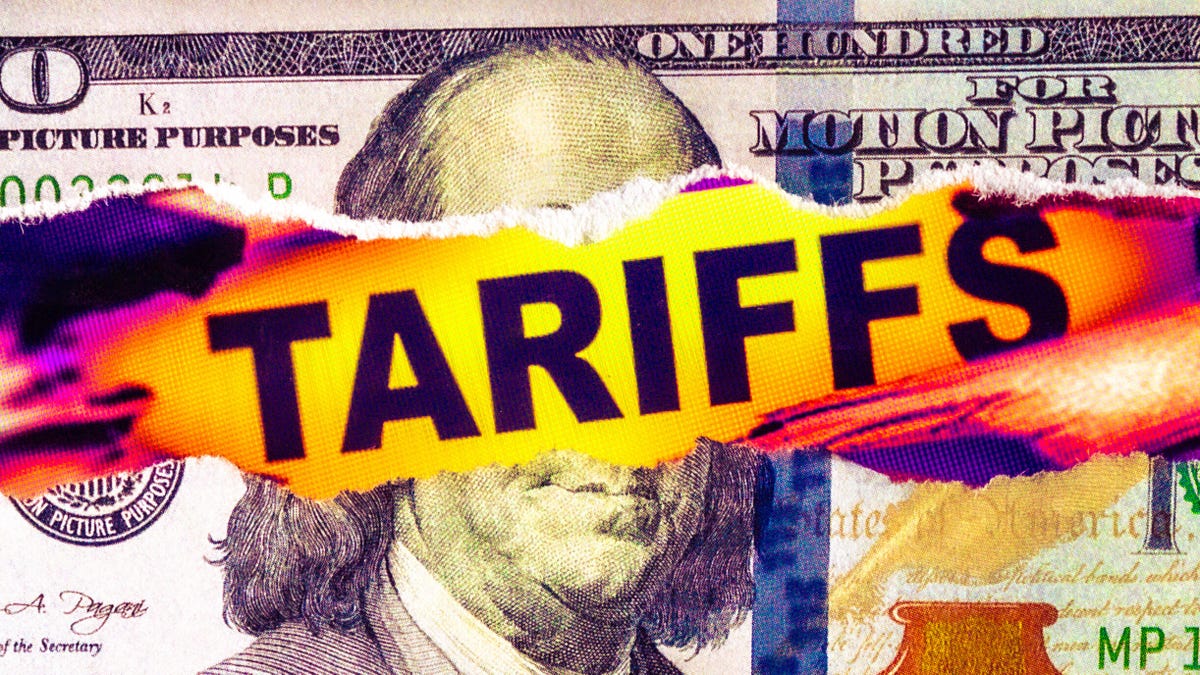Navigating Tariff Impacts: Essential Tips for Tracking Prices
As tariff updates continue to dominate discussions, it’s only natural to feel anxious about their potential effects on prices. Many consumers are currently worried about how these tariffs could inflate costs for everyday products.
I’ve been closely monitoring the influence of tariffs on a range of popular items. While CNET predominantly focuses on tech products, I understand that many readers may have specific concerns regarding price changes on items outside of this sector. If you’re anxious about certain goods, doing a bit of personal research can be beneficial.
Insights from a recent CNET survey indicate that nearly 38% of shoppers are feeling pressure to purchase certain items before tariffs lead to increased prices. Furthermore, about 10% of respondents reported making purchases in anticipation of these hikes, while 27% admitted to postponing purchases on items costing over $500.
For those of you feeling the pinch, here are some useful strategies I’ve employed to monitor price changes over the past few months.
To begin with, Amazon is a leading online retail platform that many turn to for shopping. Its vast selection means that any fluctuations in pricing due to tariffs tend to generate significant attention. Even speculative discussions about the influence of tariffs on Amazon’s prices have prompted strong reactions from the White House.
If you’re looking to track prices on Amazon, you have several options. A popular tool is the browser extension Keepa, recommended by CNET Senior Editor James Bricknell. Once installed, Keepa adds a price history graph to Amazon product pages, enabling you to visualize price trends over time and modify the range of data displayed.
Another well-known option is CamelCamelCamel, which also tracks Amazon prices. You can either paste a product URL into its search bar or use the Camelizer browser extension, which is available across major browsers. While CamelCamelCamel doesn’t display the price chart directly on the product page as Keepa does, it offers similar functionalities, including setting up email alerts for price changes.
For those who prefer shopping at retailers other than Amazon, services like Price Tracker can help. This site claims to provide price history charts for 88 different online retailers. By simply entering a product’s URL, you can access its price history and monitor adjustments as they happen.
If staying ahead of price shifts is your priority, consider setting up Google Alerts for specific products or companies. This service allows you to receive daily emails with news related to keywords you choose, such as “tariffs,” “coffee prices,” or “Samsung Galaxy price.” This proactive approach can keep you informed about potential price increases and help you plan your purchases accordingly.
For more insights on whether now is the right time to buy a new phone, keep checking back for updates.
